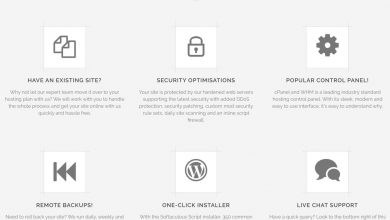How to Invest in Renewable Energy: A Sustainable Approach

How to Invest in Renewable Energy: A Sustainable Approach
Investing in renewable energy is not only a smart financial decision but also a way to contribute to a sustainable future. As the world continues to face the challenges of climate change, renewable energy sources such as solar, wind, and hydroelectric power offer promising returns and long-term benefits. If you’re interested in investing in renewable energy, here’s a sustainable approach to get you started.
Understanding the Importance of Renewable Energy
Renewable energy is crucial in mitigating the environmental impacts of traditional fossil fuels and reducing greenhouse gas emissions. By investing in renewable energy, you help support clean energy production, foster innovation, and drive the transition towards a greener world.
Evaluating Different Types of Renewable Energy Investments
There are several options when it comes to investing in renewable energy. These include:
1. Solar Energy
Investing in solar energy involves purchasing shares in solar farms or installing solar panels on your property. Solar energy is one of the fastest-growing renewable energy sources and offers stable returns over time.
2. Wind Energy
Investing in wind energy can be done by purchasing shares in wind farms or participating in crowdfunding projects. Wind energy is a reliable and cost-effective source of renewable energy, making it an attractive investment option.
3. Hydroelectric Power
Investing in hydroelectric power entails investing in projects that harness the energy of flowing water to generate electricity. Hydroelectric power is a well-established and proven renewable energy source that provides consistent returns.
Frequently Asked Questions (FAQs)
1. Is investing in renewable energy profitable?
Yes, investing in renewable energy can be profitable. As global energy demands increase and governments prioritize clean energy initiatives, the renewable energy sector is expected to grow significantly, offering potential returns for investors.
2. What are the risks associated with investing in renewable energy?
As with any investment, there are risks involved in investing in renewable energy. These risks can include regulatory changes, technological advancements, and market fluctuations. It’s important to thoroughly research and diversify your investment portfolio to manage these risks effectively.
3. How can I invest in renewable energy with a small budget?
If you have a limited budget, you can explore investment options such as renewable energy mutual funds or exchange-traded funds (ETFs). These investment vehicles allow you to invest in a diversified portfolio of renewable energy companies with smaller amounts of money.
4. Are there any government incentives for investing in renewable energy?
Many governments around the world offer incentives, such as tax credits and subsidies, to encourage investment in renewable energy. These incentives can help offset initial investment costs and enhance the financial viability of renewable energy projects.
Conclusion
Investing in renewable energy provides an opportunity to support sustainable development while also generating financial returns. By understanding the importance of renewable energy, evaluating different investment options, and addressing common questions, you can make informed decisions and contribute to a greener future.
Remember to consult with a financial advisor before investing and stay updated on the latest developments in the renewable energy sector. Happy investing!



